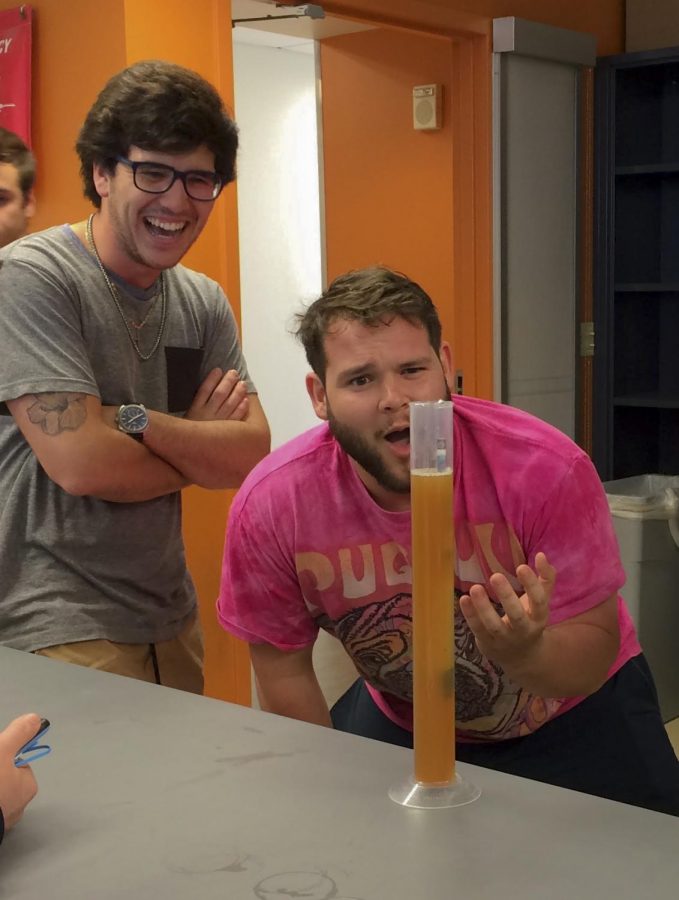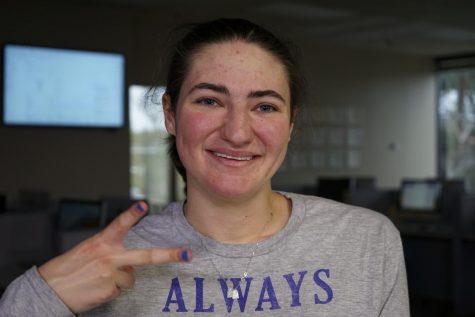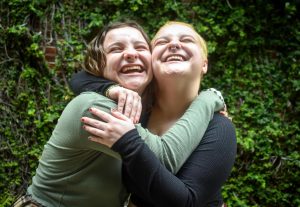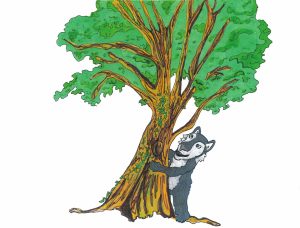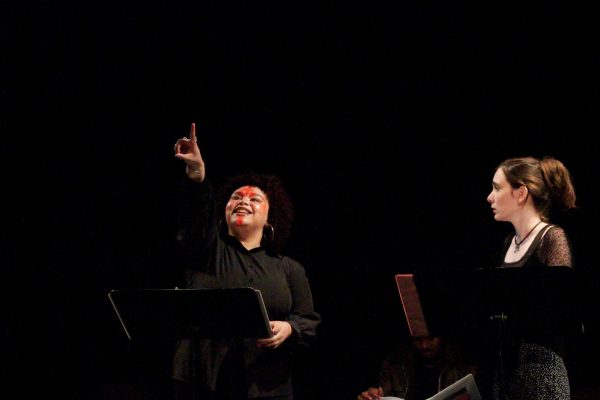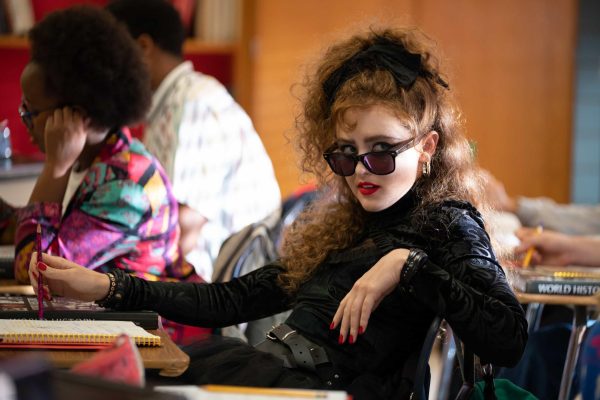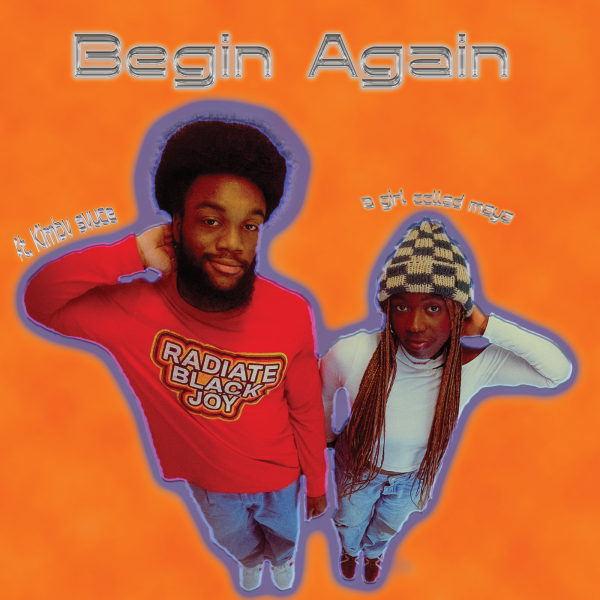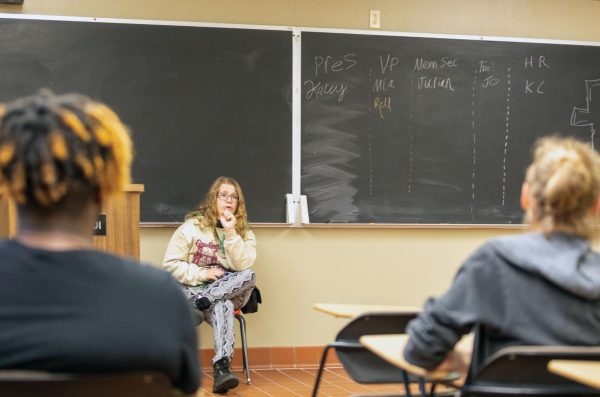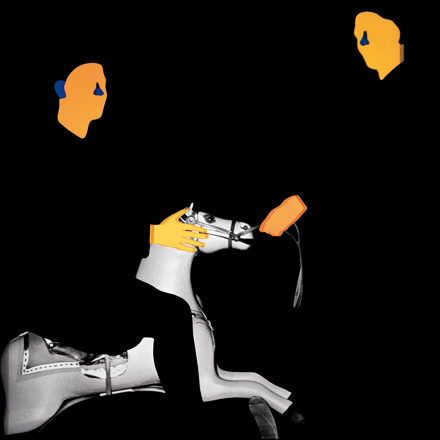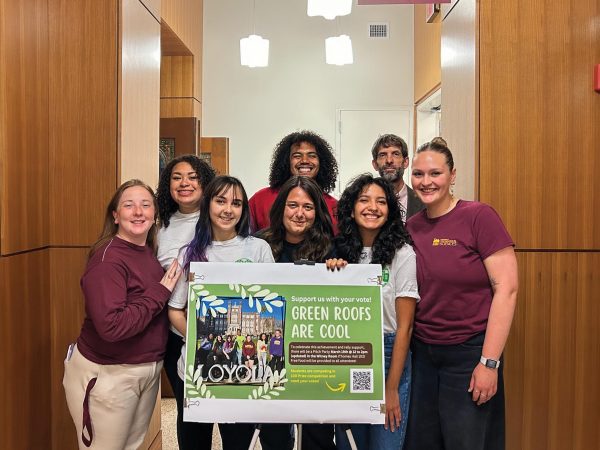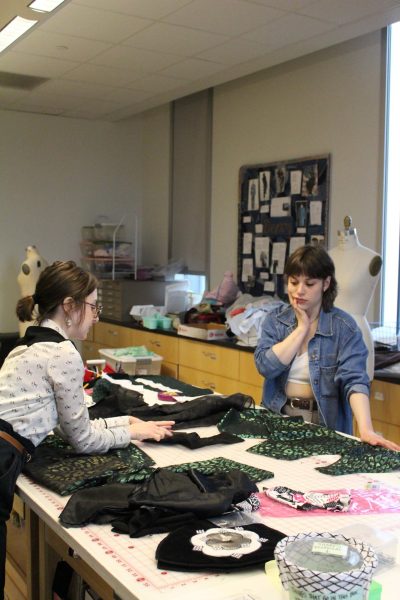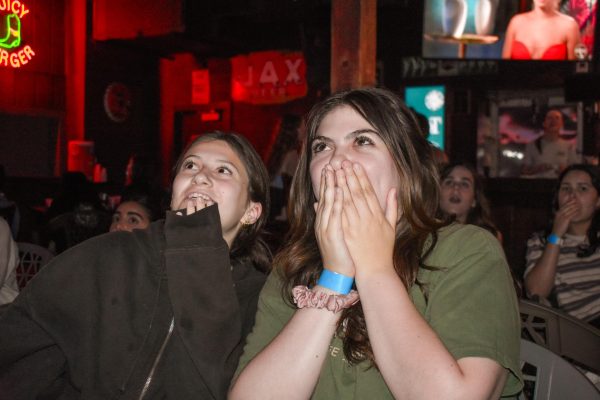Beer brewing class meets science
Roland Lugo Arroyo and Michael Ahearn take a hydrometer reading during their May-term Beer Brewing class. The Beer Brewing class combined the biochemistry of fermentation, along with the cultural, historical and methods of brewing beer. Courtesy of Hailey Clancy
August 24, 2019
The world is surrounded by science, and this summer, students in need of natural science-in-context credit hours studied the science behind one beverage: beer.
In May, Michael Giusti, chairman of the journalism department, along with assisting chemistry professor Harriet Clancy, taught 20 upperclassmen about the chemistry and process in beer brewing.
“We taught very in-depth and complex biochemistry concepts, but hey, in the end, we were talking about beer, so it was approachable,” Giusti said.
Giusti has been brewing beer since college, but when his wife bought him a beer-making kit three years ago for his birthday, he soon sparked interest in the scientific aspects behind brewing.
“One day, when I was brewing, I had an epiphany: why not offer brewing as a science class to Loyola upperclassmen?” Giusti said.
With Giusti serving as brewmaster, the class did hands-on activities that involved malting, mashing, boiling, fermenting and bottling two batches of beer outside in Dixon Court.
“A bunch of students around open flames and breakable fermenters that weigh 60 pounds is probably best done by the guy with the experience,” Giusti said.
In the laboratories of Monroe Hall, Clancy taught the scientific background behind beer. For example, she taught the class about the four main ingredients in beer and how they affect the brewing process.
“He and I enjoyed working together and were very compatible,” Clancy said. “Most of what he knew about home brewing was new to me, and I believe much of what I was able to contribute to the science behind brewing was new to him.”
According to Clancy, they also used a computer program to design their own beer and taste test the many ‘off-flavors’ that were undesirable.
The class learned how beer played a role in history. For example, students learned about a malfunctioning beer vat in London caused a deadly beer flood. They also visited Urban South Brewery, where they learned about different brewing professions.
“The information they learned in the class allowed them to better appreciate what they saw in the brewery — the same process, but scaled up to a much larger level,” Clancy said.
Special guests, including the general manager of Dixie Beer and a state trooper, also came and spoke to the class about beer and its impact on health, law and the economy.
“I wanted to teach the students the science, first and foremost, but if they went on to pick up brewing themselves, then so much the better. And if all they got out of it was being able to tell the difference between a lager and an ale and be able to explain to their friends that the defining difference is the species of yeast — well, that’s okay, too,” Giusti said.
Giusti and Clancy said they enjoyed teaching this class.
“He’s awesome and it was an honor to work with him,” Clancy said.


